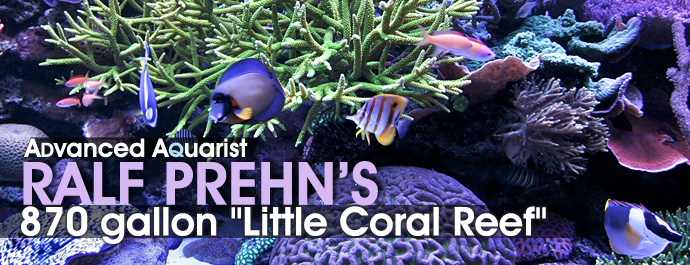
Usually I refer to my tank as my (RalfP’s) little coral reef. I hope to achieve something that actually looks like a slice of a real coral reef some day. The system was initially filled with water more than 6 years ago and the basic structure, animals and tech are still the same. I have kept tanks for about 35 years, starting as a child. I started my first saltwater tank more than 20 years ago and I am still learning. The more I turn my garden (not referring to my little reef here 😉 ) into something “Japanese Garden” compatible, the more I think about aquascaping with “negative space”, trying to adapt what I’ve learned from gardening. I am somewhere in the process of turning my reef into a more open design and have already taken some steps in that direction.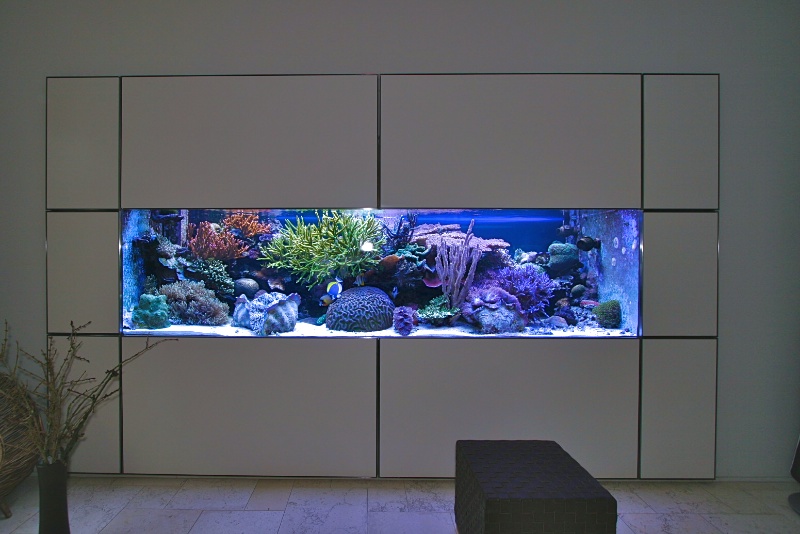
I will start by describing my system from a technical ‘maintenance’ point of view, then continue with describing the livestock and their development, followed by some thoughts on the actual design and comparsions with the past and future.
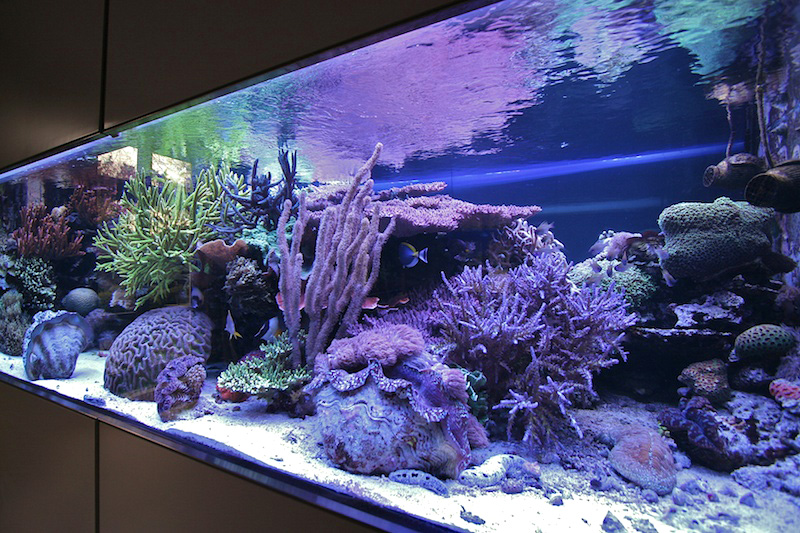
The Technical Specifications
The 870 gal (gross) reef is running with the following devices: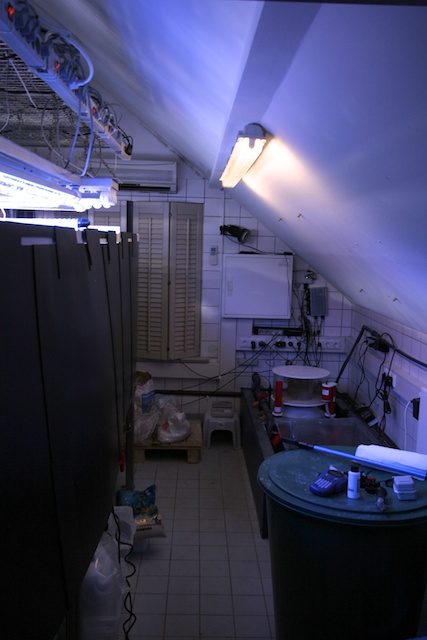
- Aquarium: about 9.8 x 4.3 x 2.8 ft. The front glass made of LSG Optiwhite glass. Silicone joints covered with glasbars.
- V2A-high grade stainless-steel stand
- 4 * 400 Watt HQI Giesemann System 400 (‘Megachrome coral’ bulbs)
- 4 * (4*54 Watt) Lumimaster T5 (Aquascience special / Aquascience Blue / a few Giesemann Powerchrome aquapink )
- 5 * (4*24 Watt) Lumimaster T5 (Aquascience special / Aquascience Blue / a few Giesemann Powerchrome aquapink )
- = 2944 Watts max. at high noon switched in 5 groups, having a lot of different blueish colorscemes 🙂
- 120 gal filter sump
- 14 m3/h Red Dragon with antichalk mod. as sumppump
- 2 * 14m3/h Red Dragon with antichalk mod. outside the tank (closed loop)
- 2 * 20m3/h tunze Streams changing every 6 hours with nightslowdown
- 2 * 12m3/h tunze Streams with nightslowdown
- 2 * tunze Wavebox with nightslowdown
- 1 vortech pump blowing from behind the center reef structure (Reef is standing free, not attached to the back)
- 2 tunze pumps have 2,2 kVA UPS(Battery power supply) each
- Skimmer: Bubbleking 500 (580 – 1320 gal )
- IKS-Aquastar ‘computer’
- IKS-SMS-module for remote monitoring/alarm
- Grotech dosing pump (Mg/reserve)
- 2 Harton industrial grade hosepumps (Ca/KH)
- Reverse osmosis with ion exchanger (2 membranes, automated rinsing/level 400 gal container in cellar)
- Water level in sump maintained by IKS (refill) with SP4800 hose pump (Grotech)
- Mechanical prefilter in outlet shaft, fine mesh (AMA pre-filter in sump)
- Rowa fluidized bed filter with phosphate absorber if needed
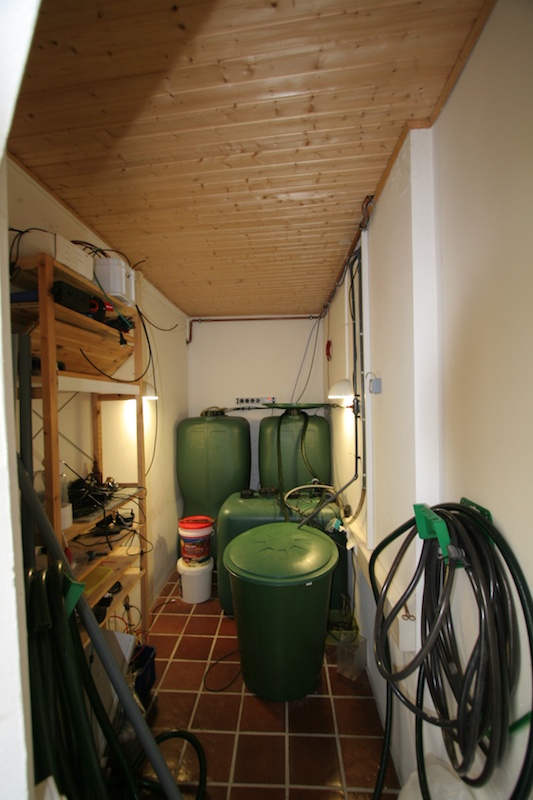
- UV sterilizer from Deltec with 4 * 34 watts
- Temperature control via Toshiba split-level air-con in tankroom
- Air exchange with Stiebel Eltron DL 13 cross flow heat exchanger fan
- 1/2 of sump is dark and filled with some living rocks
- 8 * 66 gal tanks (some with 250 watts MH some with 4*39watts T5)
- Frag, quarantine and other small tanks with a different sump system
- 132 gal (500 liters, thats 20 kg salt) waterchange a week with one week aged water
The tank itself is standing in a separate small fishroom, sharing only it’s frontwindow with my livingroom. The sump and devices are located in the fishroom. Storage and mix-up of RO/DI and saltwater are located in a separate room in the cellar. Also in the cellar is a room with raising, quarantine and spare tanks (8* 66gal).
The cladding can be lifted for access from front and back. Thats quite important for maintenance with this tank’s depth.
Basically this tank is running the old Berlin method: lots of live rock and a good skimmer, lots of light and what had to follow with this, lots of water movement. I perform a water change once a week of 15% net volume of the tank.
Water makeup
The water is prepared with a two-membrane reverse osmosis with carbon prefilter. The fact, that the house has a dechalk ion exchanger (changing cations [Ca etc.] with Na) greatly helps keep the membranes clean and intact over a long time. Afterwards, the water is run through a MB20 mix-bed ion exchanger. All this is monitored and controlled with a tunze TDS-meter.
The reverse osmosis has automatic flushing and a level probe to refill the storage container in the cellar (1500 liters / 400 gal). Waterchanges are made with a 500 liter container (cellar) with one week aged seawater. I made my life easy here: pressing one button fills the mixup-container, dropping one 20kg sack salt into it, waiting one week (mix period) and pressing another button to get the new water into the tank and the old into a sink or another storage container to enable me to reuse the water for my cellar tanks.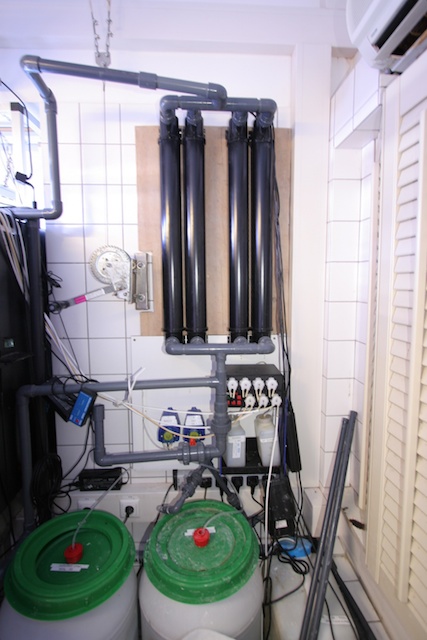
Water maintenance
I am keeping the water parameters at:
- 3.4-3.5% salt
- Ca 400-440 ppm
- Mg around 1340 ppm
- KH around 7-9 degree Hardness
- NO3 and PO4 stays near the (drip-test) detection limit
- Others are not regulary checked (15% net water changes per week)
The macroelements are added in a “Randy’s two part”, “Balling light” way. Originally, I used the quite complex original “Balling” method. Today, after problems and learning from them, I add only a few chemicals:
- NaHCO3 for the KH – 360 grams a day
- CaCl2*2H2O for the Ca – 350 grams a day
- MgCl2*6H2O for the Mg – 10 grams a day
They’re added automatically with dosing pumps. The 60 / 30 liter container for the diluted chemicals are sufficient for 2-3 weeks of continuous supply. Using the above chemicals creates an ion-displacement, which is being corrected with my relatively large and frequent waterchanges (15% net/20% gross).
I have NOT added any trace elements for half a year now. At the moment, waterchanges and feeding etc. seems to be enough. Another thing I am not doing is dosing any wonder elexires or bacteria or whatever. I change the LR in the “clearwater” chamber of my sump with new imported LR once a year and hope to keep bacteria diversity up with that. Speaking of bacteria (etc.), there is also a 4*34Watts Deltec UV running 24/7.
I have NOT added any trace elements for half a year now. At the moment, waterchanges and feeding etc. seems to be enough. Another thing I am not doing is dosing any wonder elexires or bacteria or whatever. I change the LR in the “clearwater” chamber of my sump with new imported LR once a year and hope to keep bacteria diversity up with that. Speaking of bacteria (etc.), there is also a 4*34Watts Deltec UV running 24/7.
Light
I am in the process of selecting LED-lamps to replace the 4 short T5-Lamps in the center row (each 4*24Watt T5, 1/2 blue and 1/2 cold white). Changing the 24Watt T5s costs nearly as much as changing the same amount of the longer T5 bulbs. Cost per watt is really bad when comparing the short and long T5-bulbs (at least in Germany). Of course there is also another reason… I want to play with LED, having different (more) blue colors in the reef.
The lamps are switched in 5 groups,
The lamps are switched in 5 groups,
- T5 outer rim only blue
- T5 inner ones only blue
- T5 outer ri
m only coldwhite / pink
- T5 inner ones only coldwhite
- MH
Switching them on in this order, turning off MH first and then switching it off in the same order produces a lot of different color schemes. Using LED in the future can only add to this. MH bulbs are changed once a year and T5 after half a year.
The Livestock
Fish:
Feeding
I feed mysis shrimp and brine shrimp twice per day and fine “red plancter” once. An autofeeder gives a few differently sized pellets three times a day.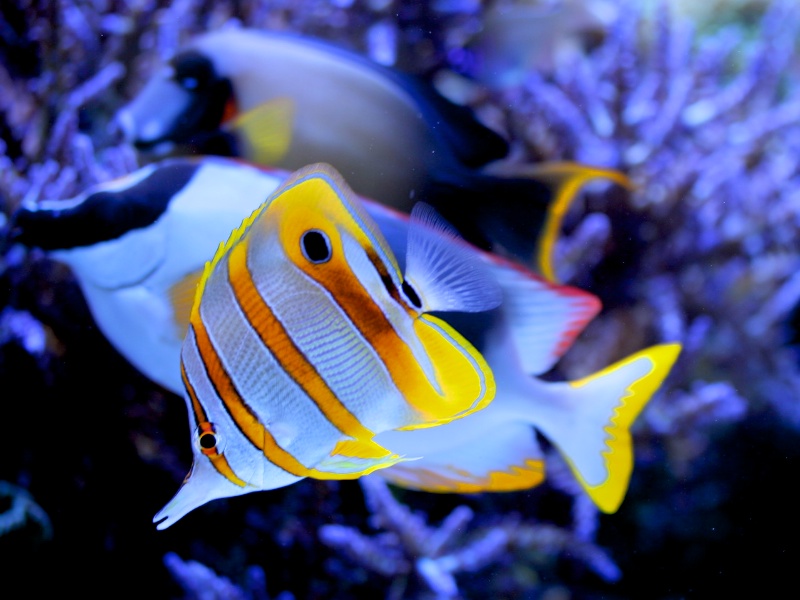

I have to confess I like the Foxface best. As it gets bigger and older, it tends to live more and more under the center struture of the reef, peeking out curiously.
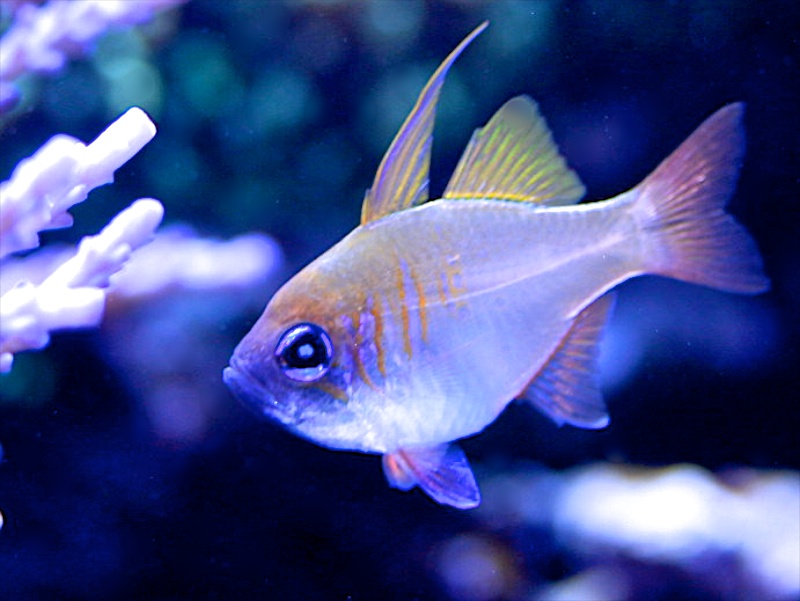
The 17 Zoramia cardinalfish are my newest addition and I am still amazed, how colorfull they are now compared to the day I bought them. They live in a school close together, staying next to a branched Acropora. Unfortunately I didn’t manage to catch their deepblue glowing eyes in a pic.
Corals
I am not exactly good at naming SPS, so I don’t do :-). There are a lot quite large SPS and LPS in the reef. I am trying to achieve a mix of mainly SPS, some LPS and also a few soft corals. Since I read about SPS feeding on particles contained in softs’ slime, I tend to let them grow more than before.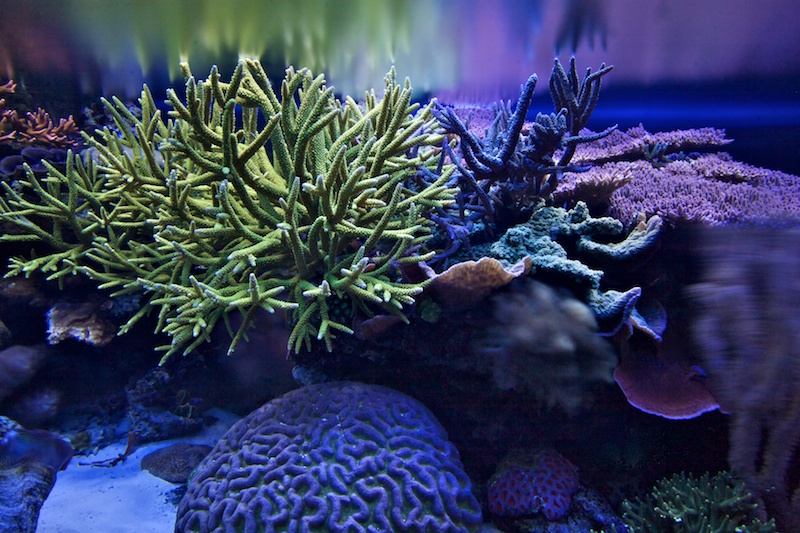
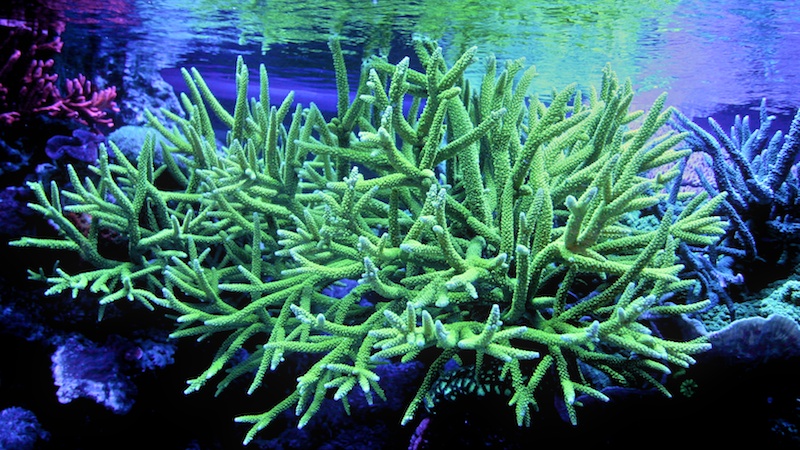
Clams
- 3 * Tridacna derasa (all adults 25-35cm / 10-14″)
- 7 * Tridacna maxima (some adult, some middle-aged)
Some of the clams are living with me for more than 10 years. They do “mass”-spawnings at least three times a year. Each time some of the adult animals also release eggs, not only sperm, what makes me feel, that the food situation seems to be sufficient for them. I recently shot a video of such an event:
Cleaning crew and inverts
- about 40 Paguristes cadenati hermit crabs

- about 60 mainly Calcinus elegans hermit crabs
- about 150 different “turbo”-like algae eating snails (Tectus fenestratus, Astralium sp., etc.)
- lots of different smaller algae eating snails (don’t know where from)
- 6 sand living Strombus bulla, Strombus luhuanus snails
- sand “cleaning” starfish (Archaster angulatus)
- more than 10 sand “cleaning” sea cucumbers. started with one Holothuria edulis and one Holothuria atra. Due to the fact, that they split themselves if there is enough food, there are at least 4 H. edulis and 6 H. atra, maybe a lot more; These are numbers of what I have seen simultaneously.
- Some (origially 6) Lymata debelius cleaner shrimps (AKA fire shrimps)
Design / Aquascape
 Mr. Amano gave back to me the love for freshwater tanks with his freshwater aquascapes; I am keeping a 700 liter tank with Blueface Heckel Discus. Reading about hardscapes (rock and wood) and softscape (plants) fits my thoughts perfectly but sadly only in the freshwater world. There is no such thing as hard/softscape in a reef tank since even the live rock is (dead) coral like the colonies on it.
Mr. Amano gave back to me the love for freshwater tanks with his freshwater aquascapes; I am keeping a 700 liter tank with Blueface Heckel Discus. Reading about hardscapes (rock and wood) and softscape (plants) fits my thoughts perfectly but sadly only in the freshwater world. There is no such thing as hard/softscape in a reef tank since even the live rock is (dead) coral like the colonies on it.
In coral reef aquascapes, the hardscape is growing too. In my humble opinion, fast growing SPS-coral make it nearly impossible to have that kind of fixed hardscape with organisms growing on the live rock in a coral reef aquarium.
Adapting from Japanese Gardening, like Mr. Amano does, seems the right way for me as well. I am still in the process (and maybe never-ending process) of reducing the amount of rock and coral in the tank. I want to achieve a more open look like a reef pillar surrounded by water. Honestly, after thinking a lot about design and adorable reefs, I don’t understand, why so few people (including myself) don’t simply build a reefpillar near the center of a larger tank. You can easily set up a large tank with the energy consumption of a smaller one: only one lamp above the reef and none above the sand/water. Fish have enough room to swim and coral to grow, feed and breathe. Personally, what gets in my way is a certain childish wanna…wanna….wanna have that coral impatience.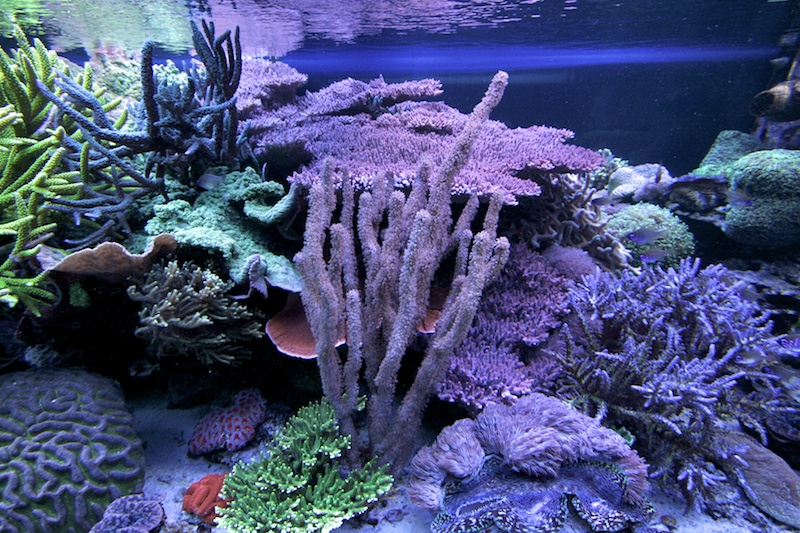
Back to the reef we’re looking at…
The look I want to achieve is a large open reef block near the center of the tank. The left structure shall look like an even larger reef block but only partially. The right structure will remain as a small structure near the back of the tank and not very tall. Surveying the tank from left to right, the left pillar will be a high, massive structure near the front of the tank. The next structure is the main/center reef block, not as high as the left structure and not as close to the front glass. This is to be followed by a small, flat structure on the right side at the back of the tank. If aquascaped in the right way, this will (hopefully) accent the vanishing point projection (near-field is large objects while far away is small). Due to the over-accenting, this should trick the brain to perceive the tank as deeper (front to back) than it really is. And this, I think, is really important for saltwater tanks, which nearly all do not look deep enough.
I will also repeat the over-accenting with the coral, with larger ones in front and smaller ones in the back to add even more virtual depth. Overlapping contrasting colors (red/green blue/yellow) in front of each other also helps a lot. A wavebox adds contrast between stationary hard corals and the movement of soft corals. Having scale in mind means I don’t buy fish that are too large and don’t place corals that are too small, such as NOT adding a great Naso lituratus I had the opportunity to buy 6 years ago.
I still haven’t achieved what I am striving for, but maybe this explanation helps to understand what I am currently aiming to do and how dream and reality differs. Another thing I’d love to have is a substrate covered only with clean live sand and not with clams, small coral, new hermit-homes, etc.. IMHO, this would enhance the “pillar in the ocean” view.
Michael Mrutzek, who helped build the initial setup, had this idea of simply drilling lots of different sized massive and flat live rocks and stack them on a PVC-pipe. The different pillars are then cable-tied together for a more secure platform. The result is a very open structure where fish can swim through and water can flow.
To deal with the fast growth of the coral and still have a good looking large reef, it is only possible IMHO if you set up a separate raising tank. Fast growing coral are cut back and some of the frags are raised to larger colonies in the separate system. When the coral get ugly from pruning, I take it out competely, frag it and replace it with a prior raised, “larger than you can buy” coral. I might use 2 or 3 of the same coral. LPS and table Acropora or other flat growing colonies are harder to handle. I try to reassamble them into a new (center-)pillar from time to time. The pillar-like baserock structure helps a lot with this. Worst case, I am able to move most structures around in the tank by cutting the cable ties and moving the pillar. It is interesting how coral act if they grow into each other: fighting, encrusting, etc.
Looking back 6 years
Equipment changes
I’ve had to change some of the equipment over the years. The dosing pumps that dose my chemicals kept me busy for some time. The initial Grotech doser was fine but only able to dose up to two liters a day (per channel). I ended up using 3 channels for only a single macroelement addition. The AquaMedic Reefdoser Quadro I purchased was capable of dosing more per day but not reliable and mechanically inadequate. I am now using a combination of Harton industrial grade pumps for the large volumes and a Grotech doser for the small volumes.
I’ve had a refugium and a frag tank connected to the main display sump but moved them into a different room, connected to a different filter-sump. Having more room to work in the tank-room is essential. Facing and solving problems is a lot easier if you don’t have to think about what else is connected to your display and how everything interacts. Having an independent system with frag, quarantine, raising and treatment tanks has a lot more value than its costs. Maintaining enough water movement with fast growing corals means adding even more pumps from different directions. I have nothing against tunze, but I bought lots of spare parts for their pumps in order to have them working smoothly. All tunze pumps have been replaced at least once, part by part. One of the first vortech pumps that showed up in Germany has done its job even without decalcifying it for a long time. The rest is still tunze.
Methodology changes
I’ve had to change my macro-element addition method. I was originally using the original “Balling” method. I was aware that this method shifts the ion-balance towards having too much NaCl in the water. I compensated this with adding NaCl free seasalt in the right amount. This method was running fine for years. From a certain point on, the tank began getting worse and worse, with LPS not feeling good anymore, clams looking strange and cyanobacteria taking over more and more. About a year, I tried all I knew to reverse the direction the tank was developing towards.
The key to initiate positive change IMHO was to understand that the method I used was based on the assumption that our captive reef-water is something near ideal seawater. It is not! Some elements and also trace elements are present in a huge quantities not comparable to real seawater. Simply adding NaHCO3 also meant adding a lot of traceelements that may be safe for human consumption but kept adding up in the reef. Understanding this motivated the next change: I stopped adding all the chemicals that were meant to ‘correct’ something other additions produce. I stopped using NaCl free salt and also stopped using MgSO4, which was originally mixed with the MgCl2 to achieve a more natural “SO4”-concentration. Facing this problem and understanding that I of course still have a ion displacement, I increased waterchanges to 15% net / 20% gross a week.
In general, I’ve moved to a more simple setup. IMHO, you can’t continuously maintain a system if you have to creep through tanks, pipes, sacks and bottles to get there first. I automated waterchanges to a point where changing water means pressing two buttons and dropping one sack of salt into a container. I simply wasn’t doing regular waterchanges on a weekly basis without this automation. For more than half a year now, I stopped adding any extra trace elements.
I changed a lot minor things, like mounting the 4*34Watts UV on the wall and not flat on the floor anymore. That really reduced the work connected to changing the bulbs regulary (so I regularly do it now). The quartz glass around the bulbs doesn’t get locked up with chalk sediments anymore.
Development of life
The livestock in the tank is basically the same. Of course some coral and some fish have died over the years while lots of coral had to be removed because some were growing better, shadowing the others.
Six years ago, a Symphyllia got too big for someone else’s tank. It was a dark brown, quite flat colony in a sparingly lit sump when I bought it. As the coral matured, I removed some of the stacked LR from the pillars and also reduced some of the LR pillars completely to create more room for coral. In general, I changed to keeping only larger colonies in the display tank while keeping others in a separate system.
Looking forward
Equipment changes?
- The sump is only a shallow tank with a divider in its center. I should’ve thought more about its design. Of course it is doing it’s job, but I would prefer a system with more chambers to reduce cleaning work.
- Changing the 4 T5 fixtures (with 4*24Watts each) into LED is certainly the next step.
- Replacing the Tunze pumps with vortech because the Tunzes get stuck really often while the Vortech runs and runs and runs…
Design changes?
- I will remove even more LR and coral for a cleaner, more open look.
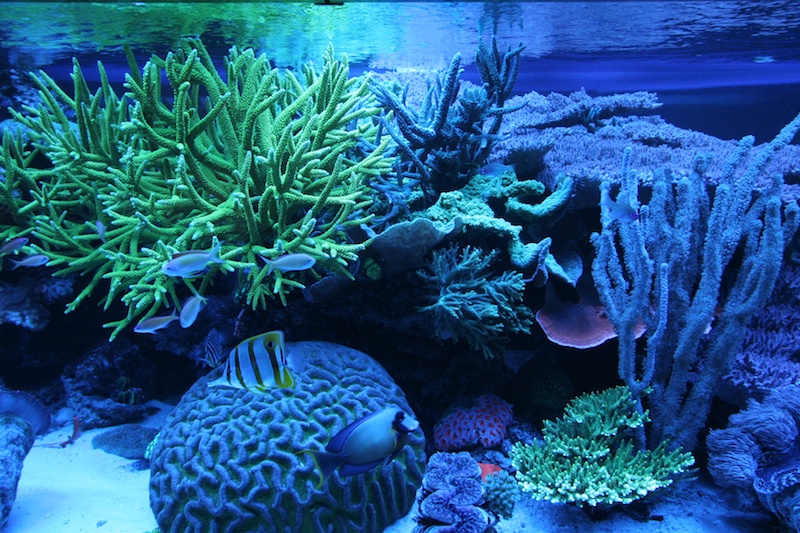
- If the substrate is clean (only containing sand and large clams), I will maybe add an anemone that stays off the rock.
- I want to have more open white sand, helping the reef structure to stand out and looking like a small reef-boulder in the ocean.
Keys to Success
Is there something I consider as essential for success?
- Using a digital calender to remind you of tasks if you’re lazy like I am.
- Really doing the regular:
- Staying away from wonder elixirs! It’s a tempting thought: buying a bottle, dripping it into the tank and hoping all will get better. You may be right while standing at the LFS’s shelf, thinking “This sounds too good to be true.” Personally, I think that each reef is so different from others, that it is not easy to determine if this reef really needs a specific additive. Taking the same amount on money and performing larger weekly waterchanges with it might prove more useful (and more reliable).
- All changes to the system must be well thought out. Change only one thing at a time knowing what you want to achieve. Set a milestone in your digital calender: When do you expect what to happen? And of course stop doing it if you didn’t reach your milestone.
- Try to understand what you’re doing! This is maybe the hardest part to me.
Thanks!
Thank you very much, dear reef community, for helping me with ideas, methods, controversial discussions, praises, and for doing things differently from time to time. I would like to take this opportunity to thank Advanced Aquarist for their work. It feels really strange to be the one that is writing something you’ll be reading and not the other way round ;-). Thank you for working beyond the hobbyists border and keeping us updated! Thank you Michael Mrutzek from Mrutzek Meeresaquaristik for helping me build this tank. Thank you Claude Schumacher from Fauna Marin for discussing endless chemical issues with me and encouraging me to simplify my macro-element additions to something like “Balling light.””
Thank YOU for reading this!


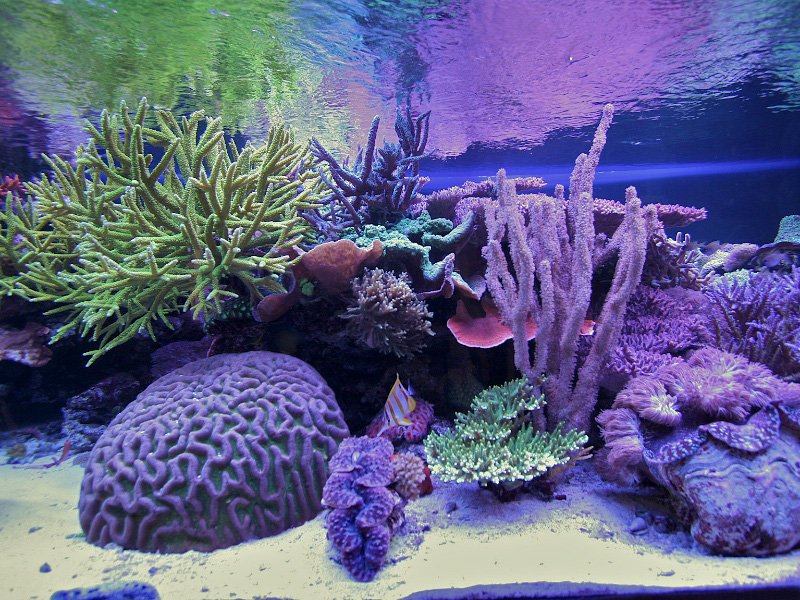
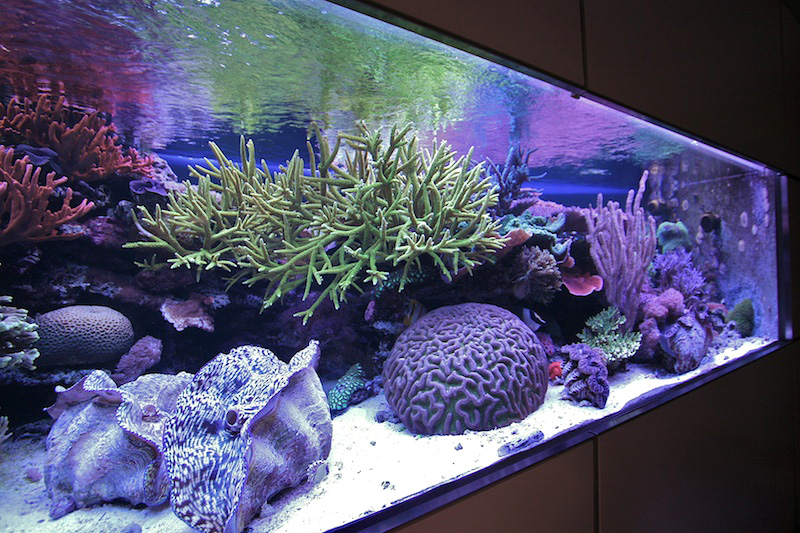
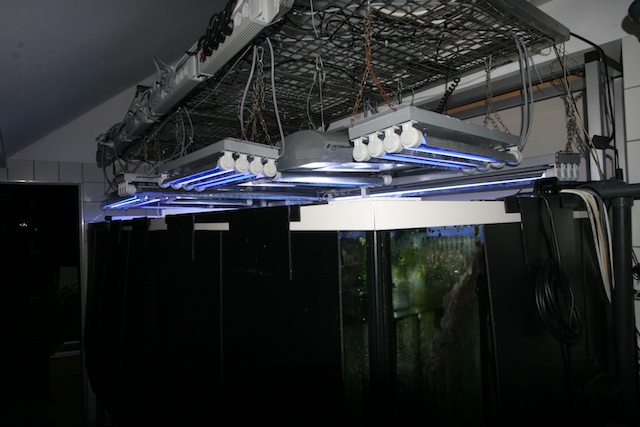
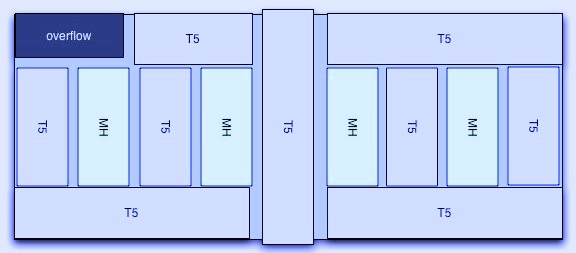
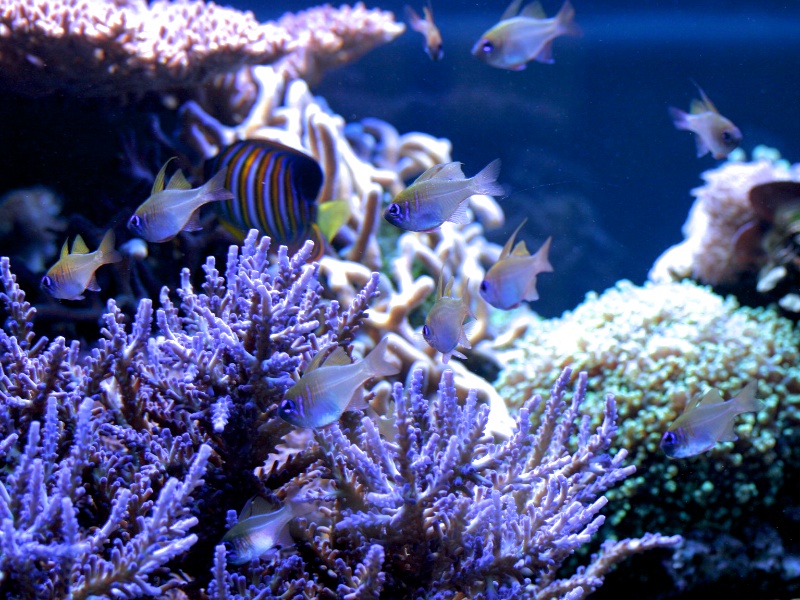
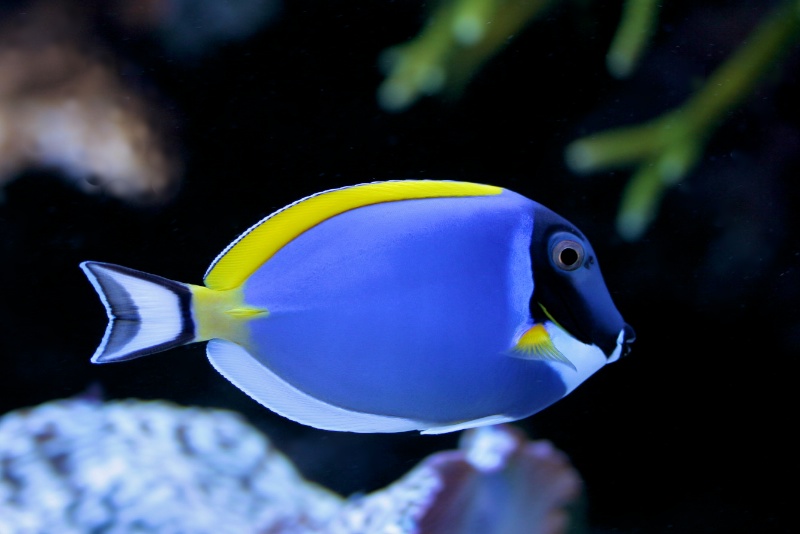
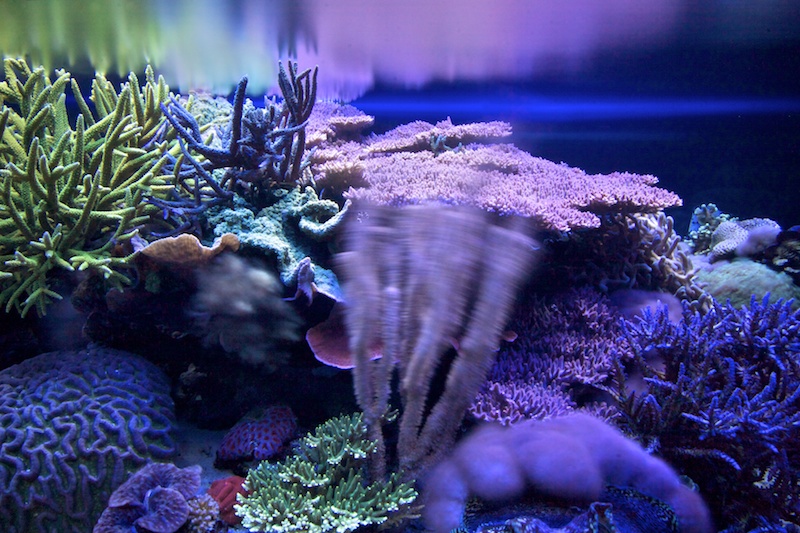
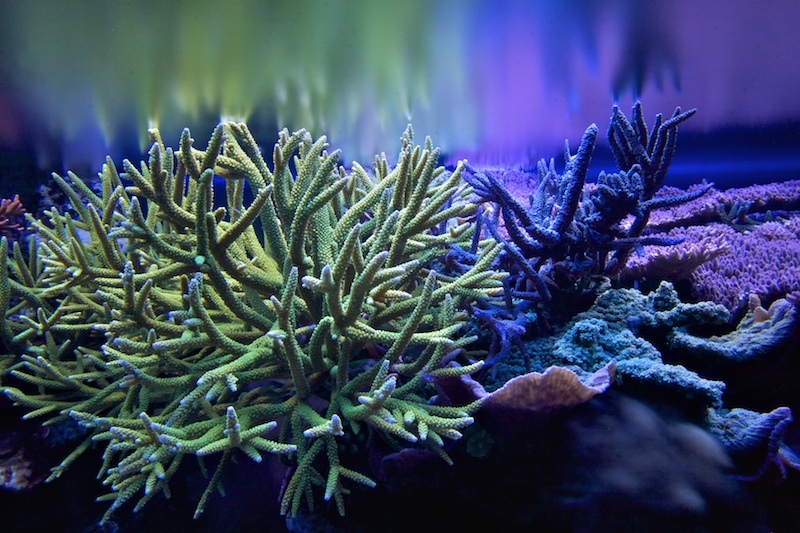
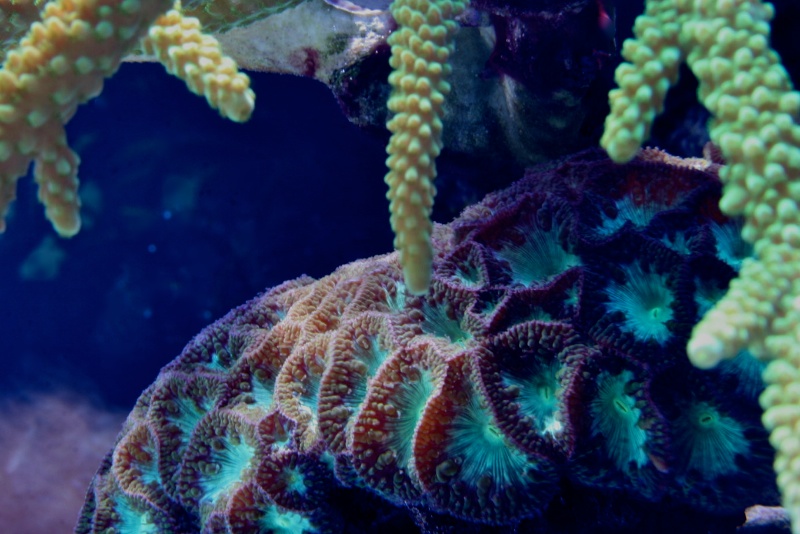

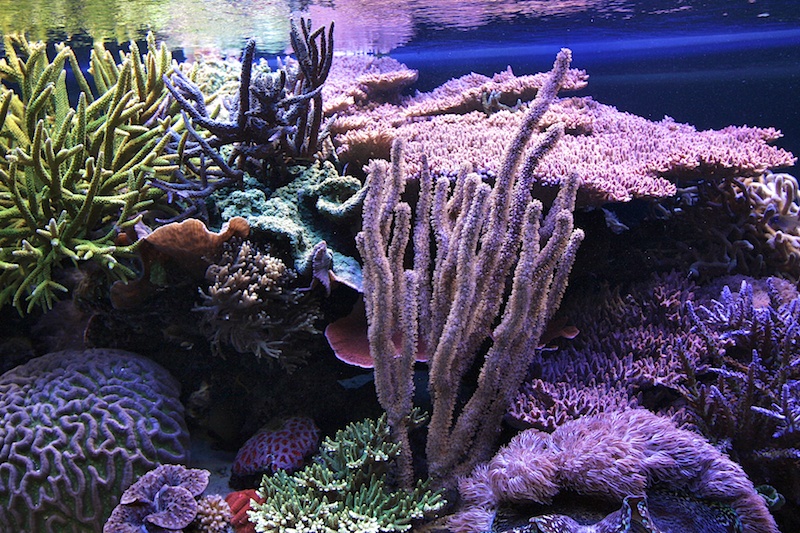
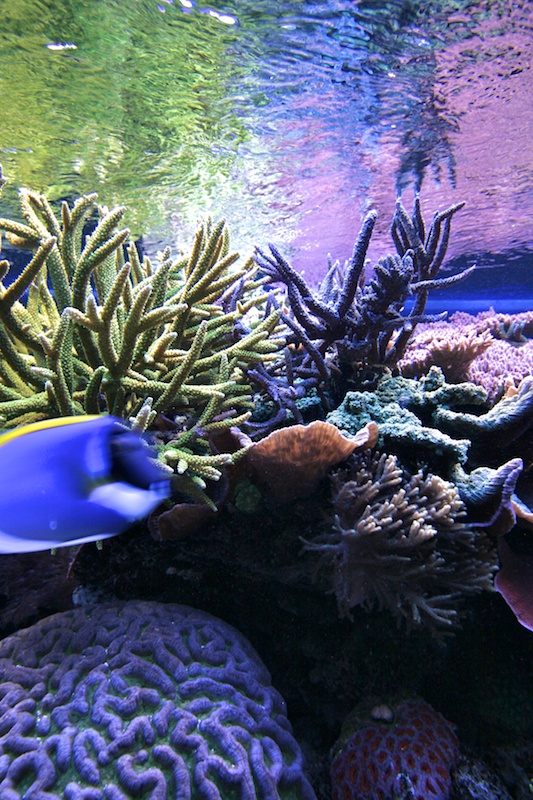
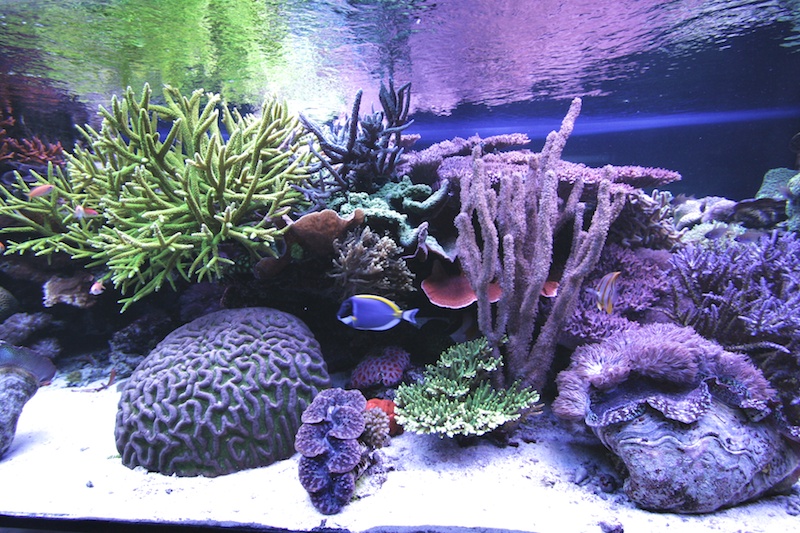
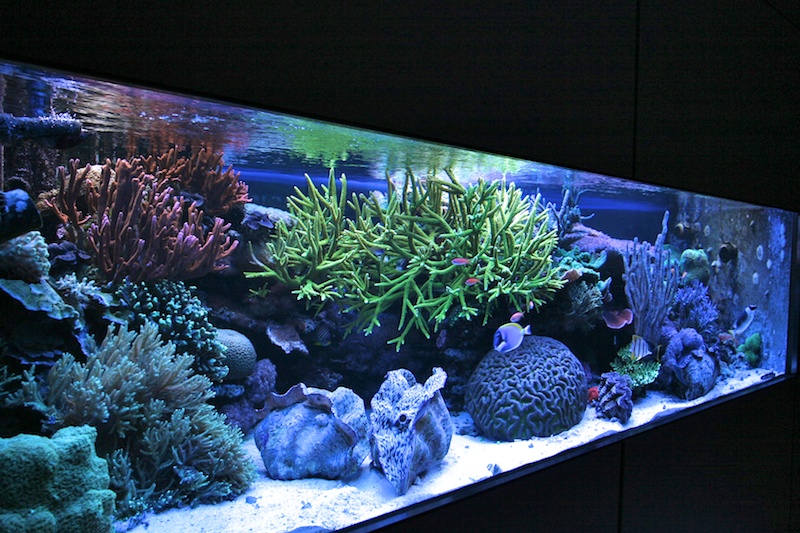
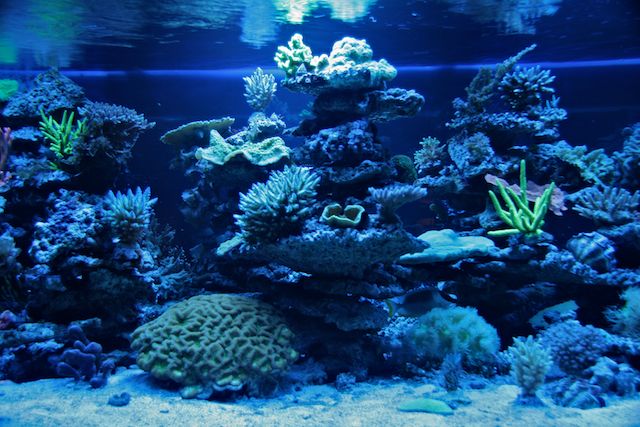
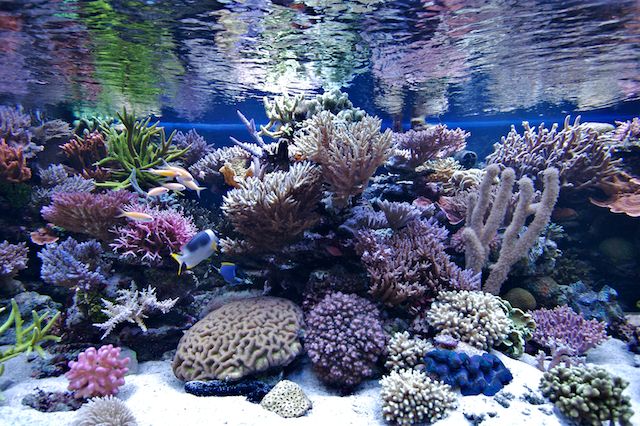
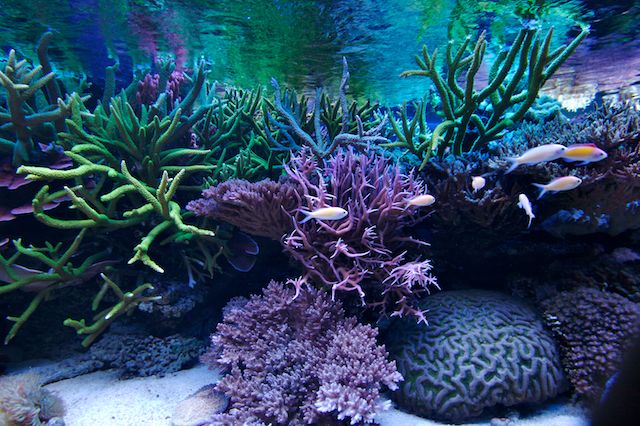
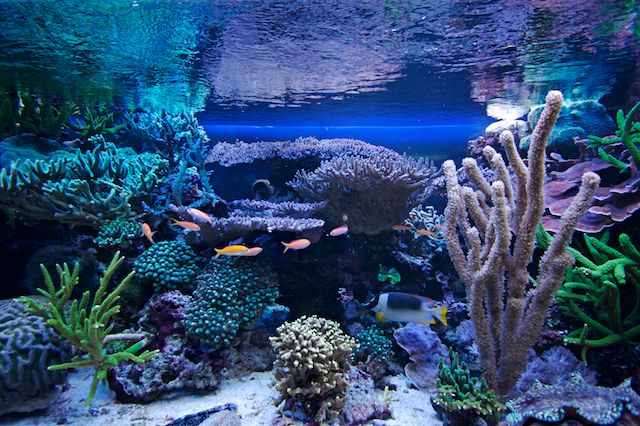
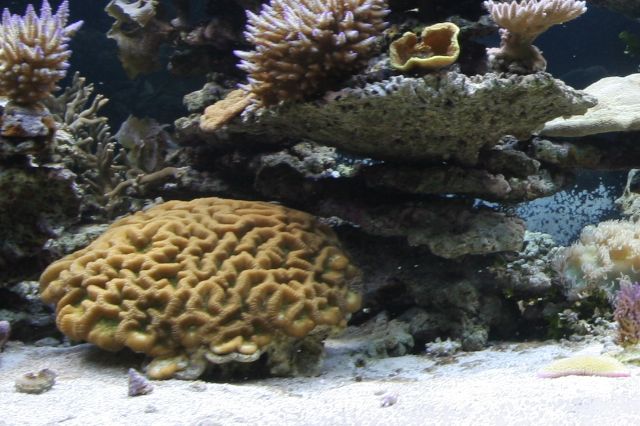
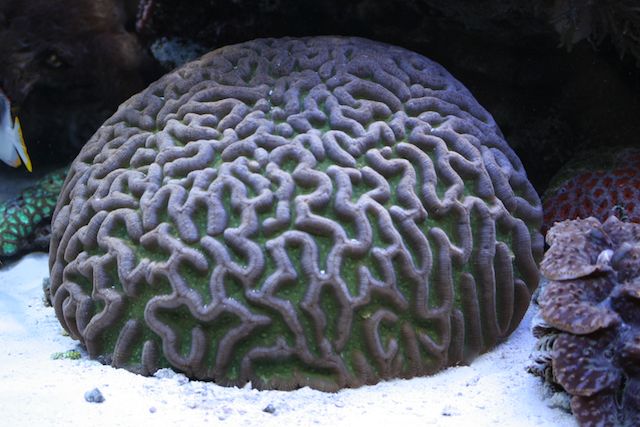
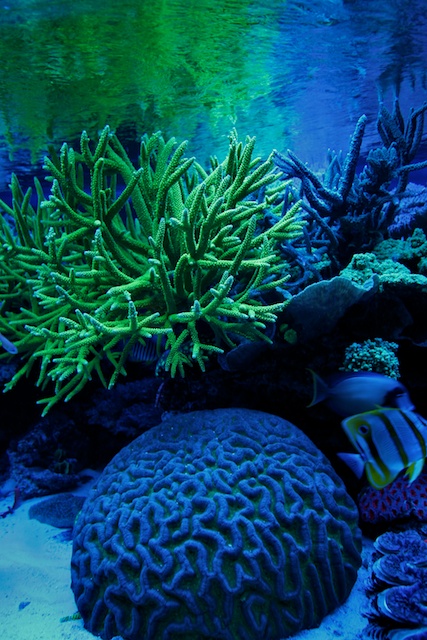

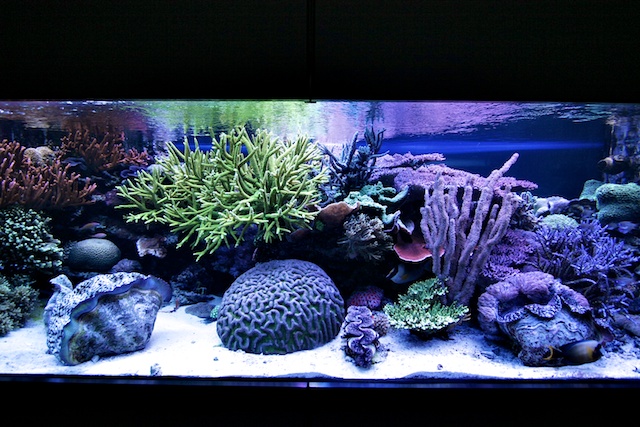

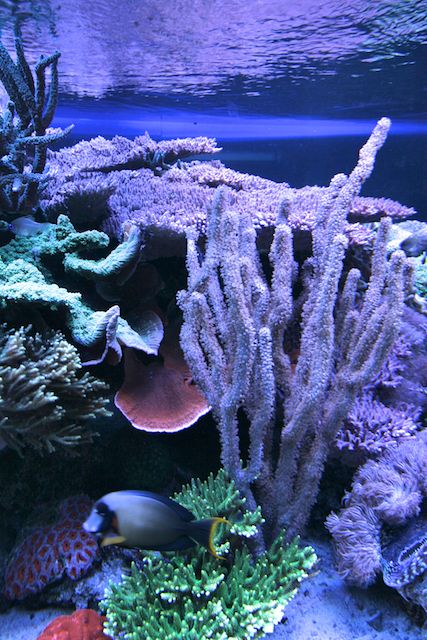
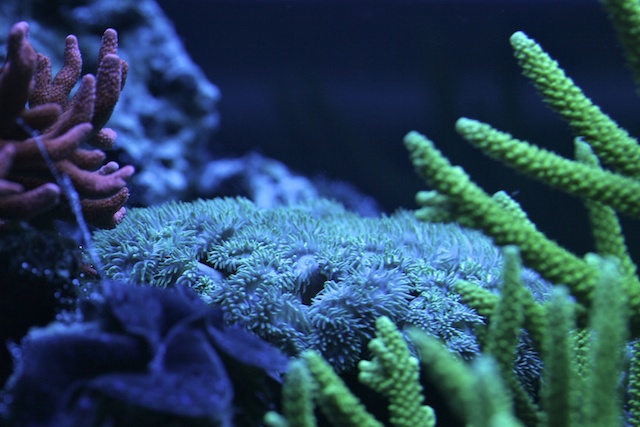
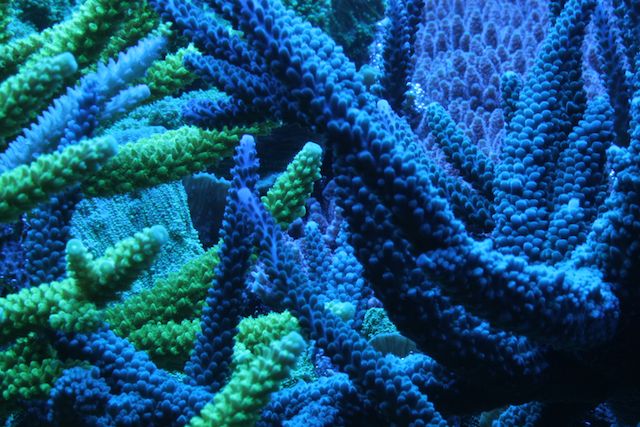

0 Comments